Can you Drive Without a Serpentine Belt? Uncovering the Truth
The serpentine belt controls several gadgets in your automobile. This list includes the air conditioning compressor, power steering pump, and alternator.
Now the question is, can you drive your car without a serpentine belt? Yes, you could still be able to drive a car, but for a short while. Because if the belt breaks or fails, the accessories it powers will no longer function. Hence, driving while experiencing this kind of problem is strongly discouraged.
In this article, we will go in-depth about the serpentine belt. This composition will feature the signs of a failing belt and what to do if your serpentine belt breaks.
Can you Drive Without a Serpentine Belt?

Answering the question regarding driving a car with a failed serpentine belt is fairly complicated. As per expert assumption, you may drive a car for up to 90 minutes in this circumstance. After that, serpentine belts can make alternators stop the electrical supply.
Why precisely is it crucial in a car? Knowing what a serpentine is and how it functions can help you comprehend the answer.
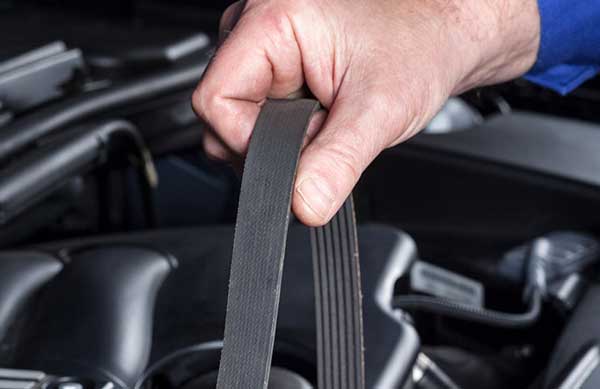
What is a Serpentine Belt?
A serpentine belt is a long, ribbon-like belt that is attached to the crankshaft pulley in your car. It sometimes powers various systems such as the alternator, power steering pump, air conditioning compressor, and water pump.
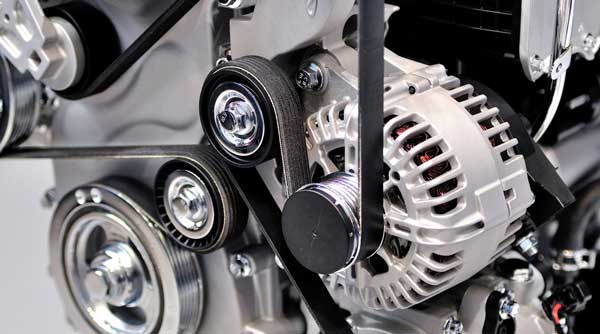
The belt has a tensioner that maintains the correct measurement for the belt to effectively transfer power throughout the engine.
Why shouldn’t you Drive with a Damaged Serpentine Belt?
It is not recommended to drive while your car’s serpentine belt is damaged. This assumption has some solid backing.
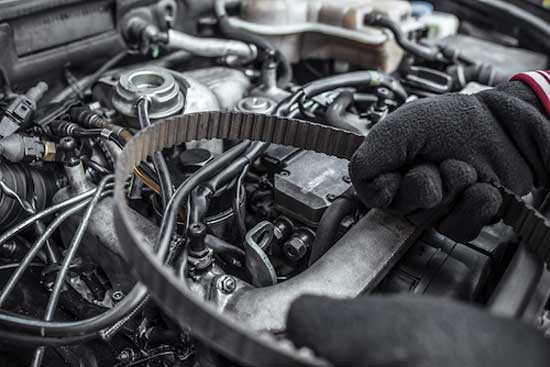
- If the serpentine belt breaks or fails, the power steering pump will no longer function. So, it may make it difficult to steer the car
- The serpentine belt also powers the alternator, which is responsible for charging the car’s battery. If the belt fails, the alternator leads to a loss of battery power and possible electrical system failure
- In some cars, the serpentine belt also powers the air conditioning compressor. It might be uncomfortable to drive in hot weather if the AC doesn’t run because of the damaged serpentine belt
- Driving when the serpentine belt is damaged might result in further issues and leave you stranded.
As it can damage your car instead, getting the belt repaired as soon as possible is best. As a result, we may avoid any further damage and ensure the safety of the driver and passengers.
Drive without a Serpentine Belt: Signs, Solutions, and Preventions
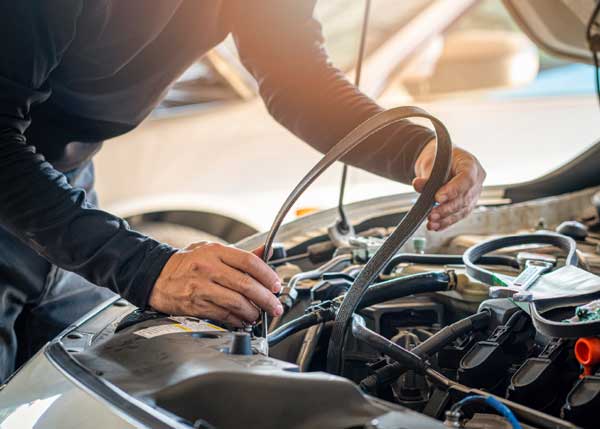
To keep both you and your car out of risk, you need to know the signs and preventions of the problem.
Signs of a Failing Serpentine Belt
There are several signs that your serpentine belt may be failing. Some of these include:
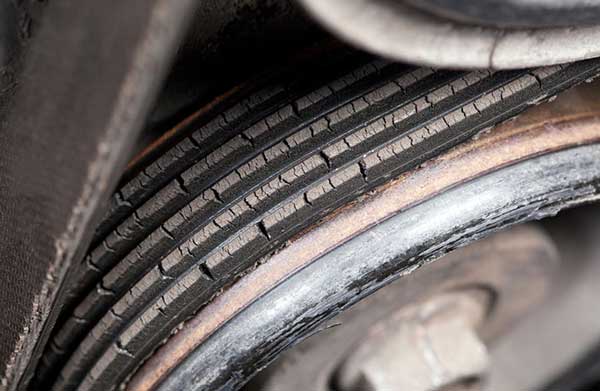
Squealing noise from the engine
A screeching sound coming from the front of the engine is one of the most typical signs of a failing serpentine belt. The belt sliding or not being tight enough may cause this noise, which might cause it to wear out faster.
Solution
If you’re not an expert, it is suggested to go to an expert technician. But there is a temporary solution. You may use some spray available in the market, which can quiet the engine for a while. “WD40” could be a good option on that occasion.
You may watch this video to have some idea as well:
Cracks or fraying on the belt
Another sign of a failing serpentine belt is visible damage, such as cracks or fraying on the belt. This damage can be caused by normal wear and tear or by exposure to heat, chemicals, or other environmental factors.
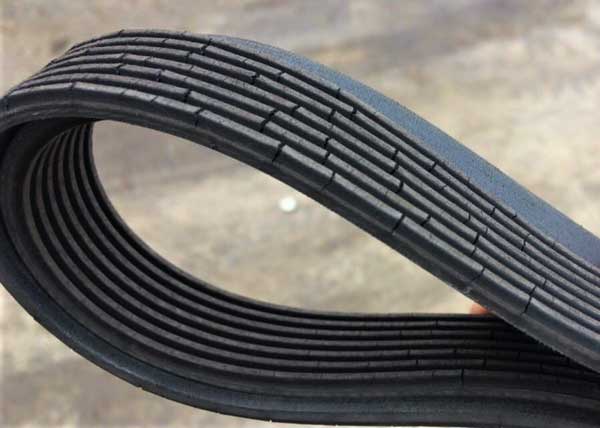
Solution
It is necessary to get it checked by a professional technician who can determine if the belt is loose. They could make sure the tensioner and pulley alignment is in good operating order and, if necessary, replace the belt.
A loose or loose-fitting belt
A serpentine belt that is loose or ill-fitting can also be a sign of failure. Thus, a loose belt can cause the belt to slip, leading to reduced power transfer. It can also increase wear on the belt and other components.
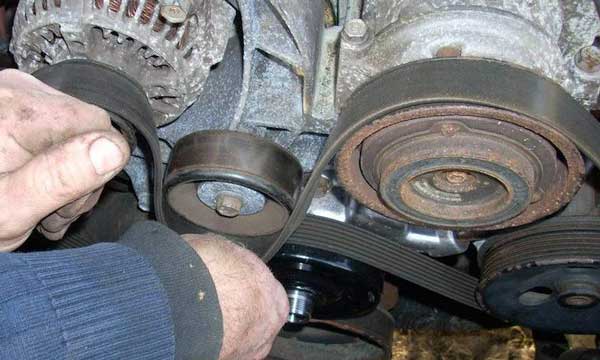
Solution
As suggested above, take your car to a professional technician if you are not familiar with working on your vehicle. However, if you have some basic tools and knowledge, you may attempt to adjust your serpentine belt yourself. Here are the steps to take:
Step 1. First, locate the longest section of the belt and use your hand to move it back and forth. This will help you determine if the belt is loose by checking if it moves more than 90 degrees.
Step 2. Next, you will need to locate the tensioner bolt, which is typically located near the front of the engine.
Step 3. Using a jack, apply pressure to the tensioner bolt to tighten the belt.
Step 4. Then recheck the belt by moving it back and forth, if it moves less than 90 degrees, it’s considered tight enough.
Step 5. Also, after tightening the belt, it’s important to check the tensioner and pulley alignment. If they are not aligned or worn out, it may cause the belt to be loose again and will require replacement.
It’s worth mentioning that it’s important to refer to the owner’s manual or consult a professional. This is how you can make sure you adjust the belt correctly for your specific vehicle make and model.
If you can’t understand yet, you may watch this video:
Check engine light
A faulty serpentine belt may also trigger the check engine light to illuminate. This can indicate an issue with the belt or one of the accessories it powers. It should be inspected by a professional as soon as possible if noticed.
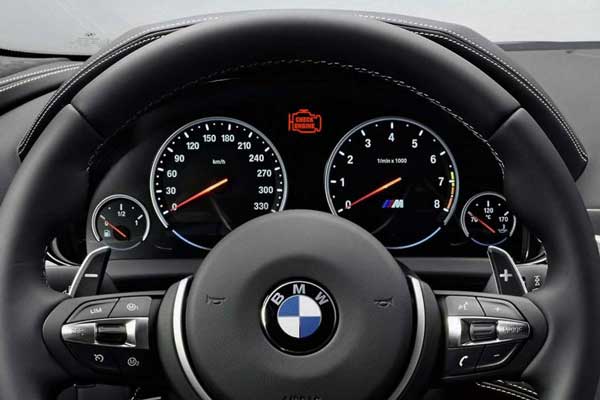
Solution
In this case, you may check the belt tensioner, or look for any other visible damage in the serpentine belt.
The belt runs over several pulleys. If any of them is misaligned or seized, it can cause the belt to slip or wear out prematurely. And this can also trigger the check engine light.
If you find any damage in the serpentine belt, you may need to replace it. Contact a mechanic and have it replaced before too much trouble happens.
Preventions
- Regular maintenance and inspections are the best way to avoid serpentine belt failure.
- Your mechanic should check the belt during routine services.
- And it’s also a good idea to visually inspect the belt yourself every few months.
- Moreover, make sure the belt is correctly tensioned, as a loose belt can cause premature wear and failure.

FAQs
This section features some frequently asked questions for your further clarification.
A: Typically, it may go up to 100,000 miles with the vehicle. Then it should be replaced.
A: Yes. It may indirectly result in poor fuel efficiency since the water pump is a component of the cooling system. Serpentine belt powers a variety of components, including the water pump.
A: No. It’s not recommended to use a belt not designed for your specific vehicle make and model.
Conclusion
The serpentine belt is an important component in your car that helps keep multiple accessories running smoothly. Although it is still possible to drive without a serpentine belt, it is suggested not to do that.
So, if your belt shows signs of failure or breaks while driving, inspect it and repair it as soon as possible. Otherwise, it may harm your car in the long run. Likewise, through regular maintenance and inspections, you can prevent serpentine belt failure and ensure a safe and smooth ride.

